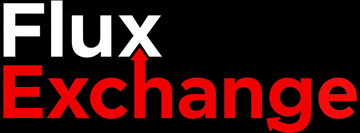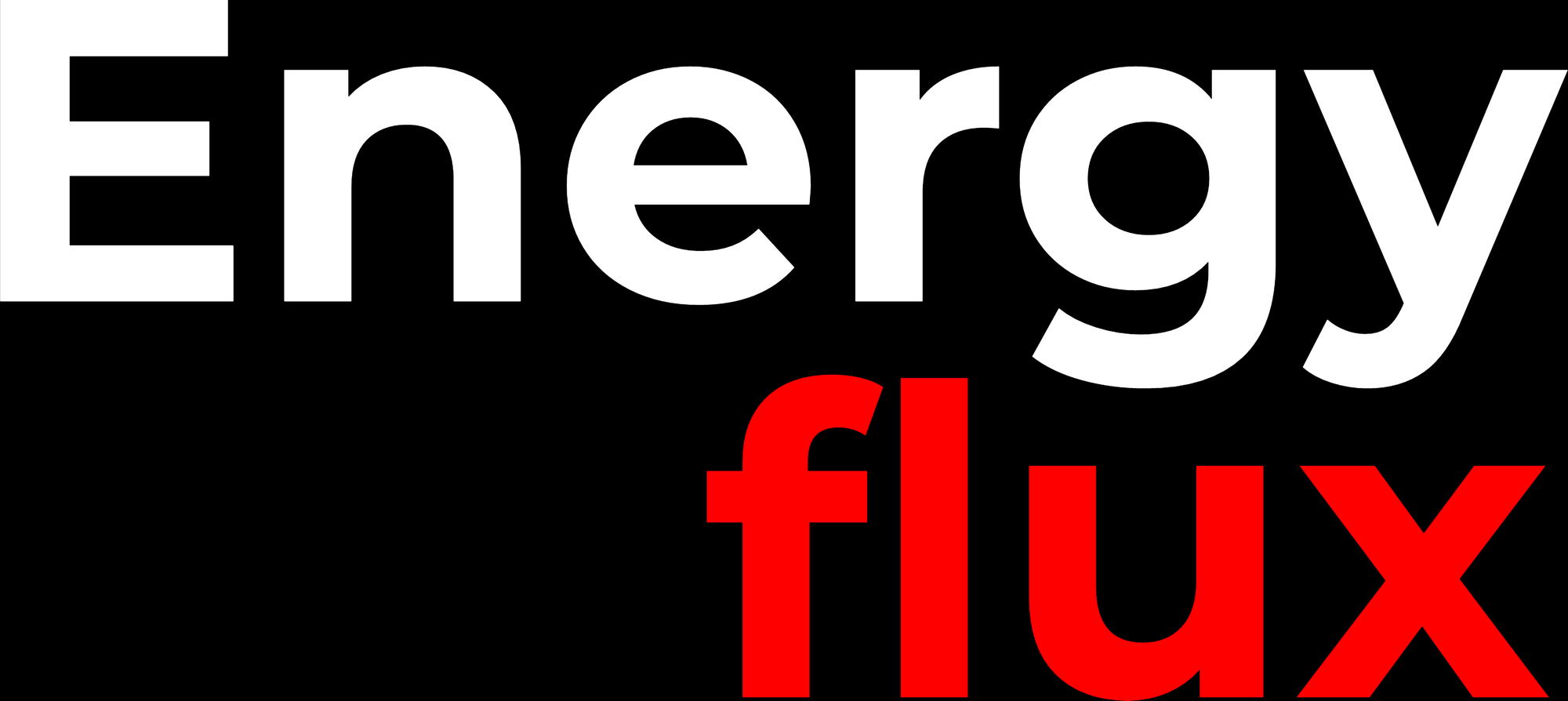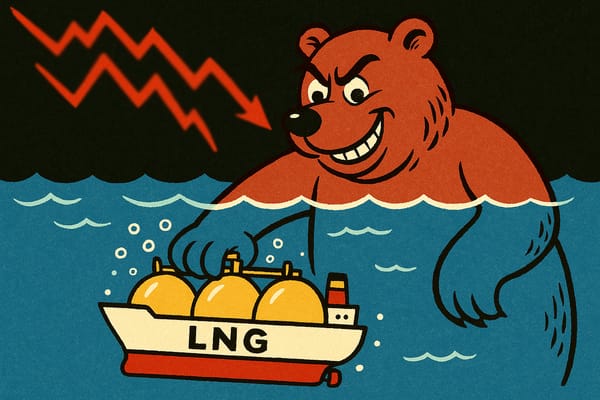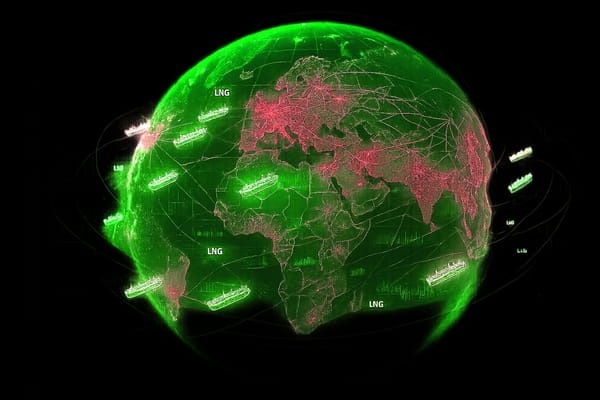The invisible divide
REVEALED: How hedge funds secretly split Europe’s TTF gas market in two

On the surface, the Dutch TTF gas market is a single entity: a deeply liquid trading hub that serves as the benchmark for natural gas prices across Europe.
But a deep dive into the secret ledger of trading activity reveals a startling truth: institutional investors are running two contradictory TTF playbooks simultaneously.
New analysis of regulatory data uncovers a fundamental split in capital flows that has remained hidden in plain sight — until now.
Investment funds deploy parallel trading strategies across two discrete exchanges where TTF futures are bought and sold. Understanding this little-discussed dynamic offers a potential edge when reading EU gas markets.
One price, two venues
The Dutch Title Transfer Facility (TTF) is a physical hub for natural gas in north-west Europe. TTF futures are traded on two main exchanges: the Intercontinental Exchange (ICE Endex) and the smaller rival European Energy Exchange (EEX).
While both ICE and EEX offer futures contracts that reference the same TTF hub, they are distinct marketplaces. Essentially, they are parallel markets offering exposure to the same underlying index, competing for liquidity and order flow.
ICE Endex is the undisputed primary venue for TTF, functioning as the central pool of global liquidity and price discovery.
To grasp the imbalance in scale, ICE cleared an estimated 45,000 TWh of TTF contracts in the first half of 2025, an average of ~250 TWh per day. EEX reported record volumes of 308 TWh traded in total in April 2025. In other words, EEX’s volume for an entire month equals barely 1.2 days of ICE trading.
However, to dismiss EEX would be a mistake. It remains a relevant and strategic secondary venue, offering a different mix of counterparties and its own clearinghouse. And hedge funds are ramping up TTF trading activity on EEX.
This creates a market duality: two separate ledgers for the same underlying commodity, a fact that most analysts overlook. But as this Deep Dive reveals, sophisticated funds are actively exploiting the bifurcation.
Forensic data analysis by Energy Flux shows that Investment Funds — institutional investors, asset managers and hedge funds — are making uncorrelated and occasionally opposing directional TTF gas price bets between the two exchanges.
The findings blow apart the assumption that TTF is a single homogenous marketplace. Instead, speculative funds are using the two venues strategically — possibly as a sophisticated means of exploiting regulatory arbitrage.
This revelation is more than an arcane curiosity; the dislocation in fund flows between exchanges seems to be a valuable lead indicator of TTF price action.
Supported by a brand new datavis deck, this groundbreaking research brings a new layer of understanding to the behavioural dynamics that shape Europe’s volatility-prone natural gas markets.
IN THIS ISSUE:
- One hub, two playgrounds: the key differences between ICE Endex and EEX TTF futures
- Decoding the dichotomy: how to wrangle regulatory data to reveal divergent trade strategies
- Directional duality: what the data tells us about price bet bifurcation across exchanges
- Actionable hypotheses: why funds trade TTF differently on EEX and ICE, and how to use this knowledge
- Price signal: how the hidden TTF split offers a powerful new signal for reading EU gas markets
- Post-publication update: Why the ‘invisible divide’ is not just a strategic choice but is deeply embedded in the market’s architecture
💥 Article stats: 2,500 words, 16-min reading time, 11 charts & graphs
Ready to elevate your market insight? Upgrade to a Premium subscription tier to unlock this exclusive market research & hundreds more like it...

Member discussion: The invisible divide
Read what members are saying. Subscribe to join the conversation.




